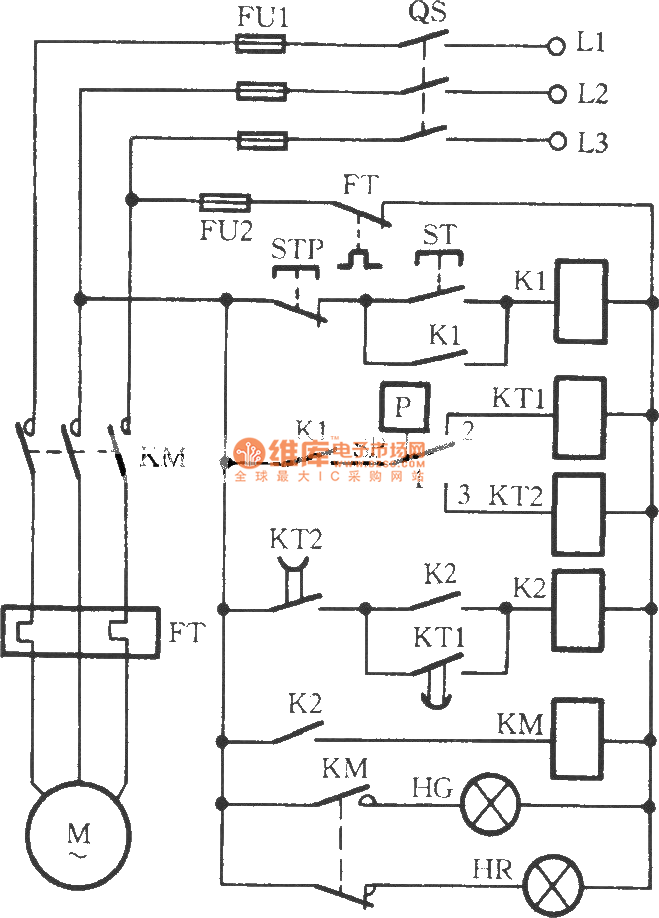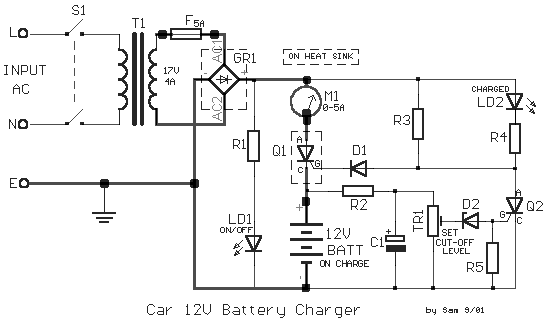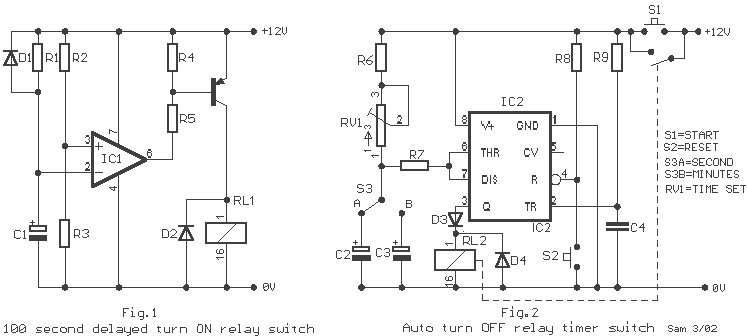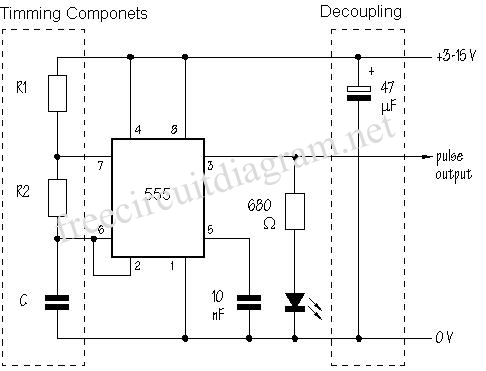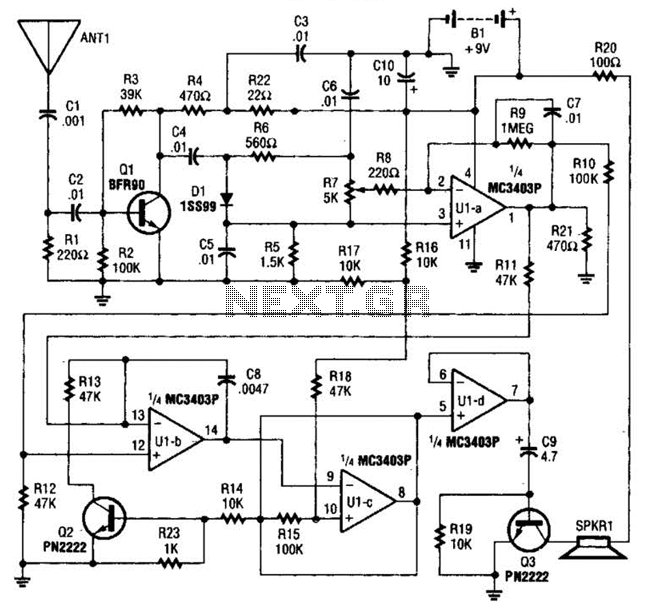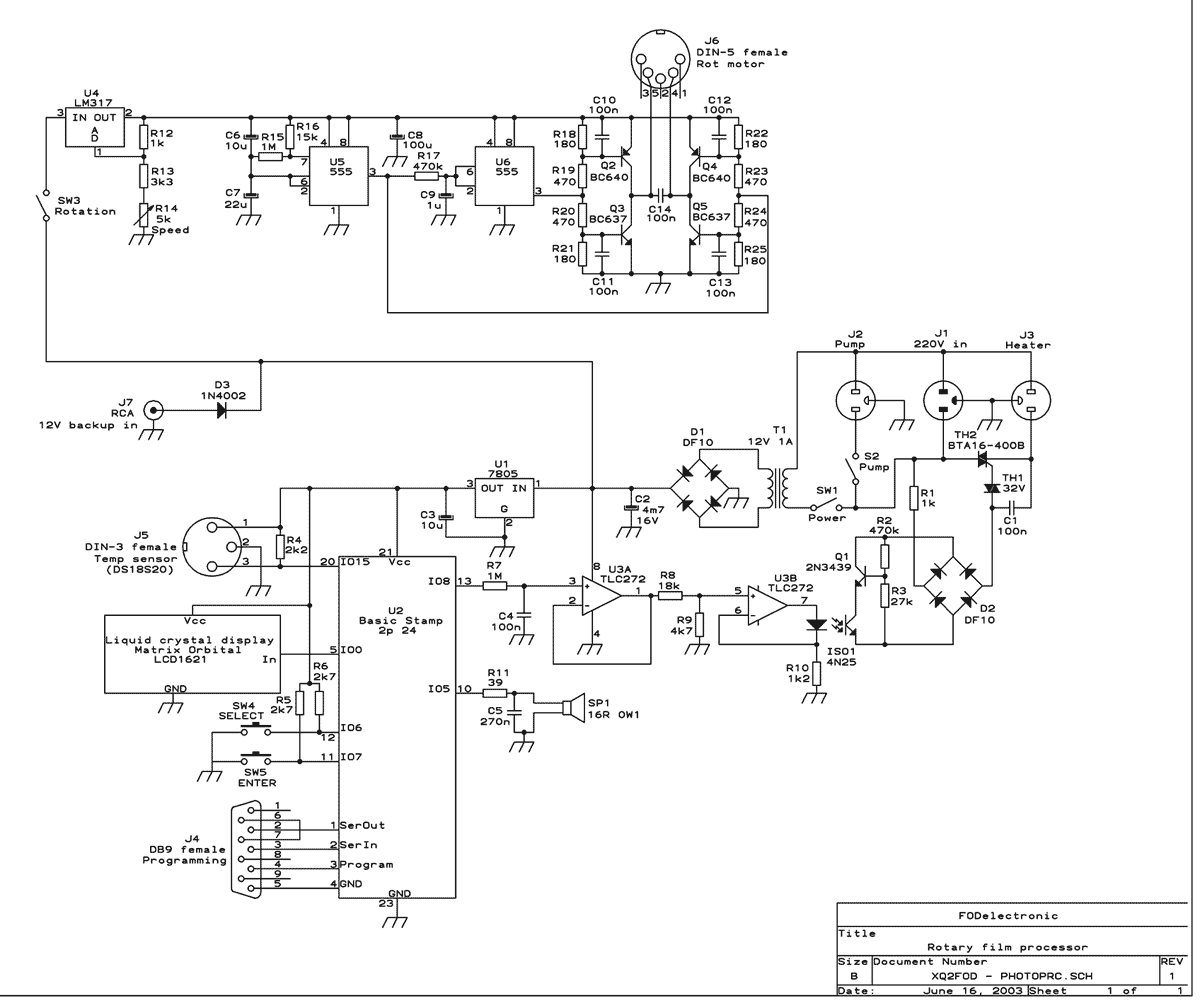
Microphone Circuit Test Oscillator

This unit would be mounted in a small plastic or preferably metal box, with a 9V battery, level control, a male XLR connector (same as on a mic) and a switch. Current drain is low, since the circuit only uses one dual opamp. There is no need for a high quality device, and a 1458 is all that is needed.
The described unit is a basic audio interface designed for low-power applications, utilizing a dual operational amplifier (op-amp), specifically the LM1458. The choice of the LM1458 is appropriate for applications where high fidelity is not critical, making it suitable for simple audio signal processing tasks such as level adjustment or signal buffering.
The unit is housed in a compact enclosure, which could be either plastic or metal. The metal enclosure may provide additional shielding from electromagnetic interference, which can be beneficial in audio applications. The power supply is a 9V battery, ensuring portability and ease of use in various environments. The low current drain of the circuit allows for extended battery life, making this design practical for field applications.
A level control potentiometer is incorporated into the design, allowing users to adjust the output signal level to match the input requirements of connected devices. This feature enhances versatility, enabling the unit to interface with different audio equipment.
The male XLR connector serves as the output interface, commonly used in professional audio equipment. This connector type is preferred for its secure connection and balanced audio transmission, which helps to reduce noise and interference in the signal path.
A switch is included in the design to turn the device on and off, providing an easy way to conserve battery life when the unit is not in use. The overall simplicity of the circuit, combined with the use of a single dual op-amp, results in a cost-effective solution that meets basic audio processing needs without the complexity of more advanced devices.This unit would be mounted in a small plastic or preferably metal box, with a 9V battery, level control, a male XLR connector (same as on a mic) and a switch. Current drain is low, since the circuit only uses one dual opamp. There is no need for a high quality device, and a 1458 is all that is needed. 🔗 External reference
The described unit is a basic audio interface designed for low-power applications, utilizing a dual operational amplifier (op-amp), specifically the LM1458. The choice of the LM1458 is appropriate for applications where high fidelity is not critical, making it suitable for simple audio signal processing tasks such as level adjustment or signal buffering.
The unit is housed in a compact enclosure, which could be either plastic or metal. The metal enclosure may provide additional shielding from electromagnetic interference, which can be beneficial in audio applications. The power supply is a 9V battery, ensuring portability and ease of use in various environments. The low current drain of the circuit allows for extended battery life, making this design practical for field applications.
A level control potentiometer is incorporated into the design, allowing users to adjust the output signal level to match the input requirements of connected devices. This feature enhances versatility, enabling the unit to interface with different audio equipment.
The male XLR connector serves as the output interface, commonly used in professional audio equipment. This connector type is preferred for its secure connection and balanced audio transmission, which helps to reduce noise and interference in the signal path.
A switch is included in the design to turn the device on and off, providing an easy way to conserve battery life when the unit is not in use. The overall simplicity of the circuit, combined with the use of a single dual op-amp, results in a cost-effective solution that meets basic audio processing needs without the complexity of more advanced devices.This unit would be mounted in a small plastic or preferably metal box, with a 9V battery, level control, a male XLR connector (same as on a mic) and a switch. Current drain is low, since the circuit only uses one dual opamp. There is no need for a high quality device, and a 1458 is all that is needed. 🔗 External reference
